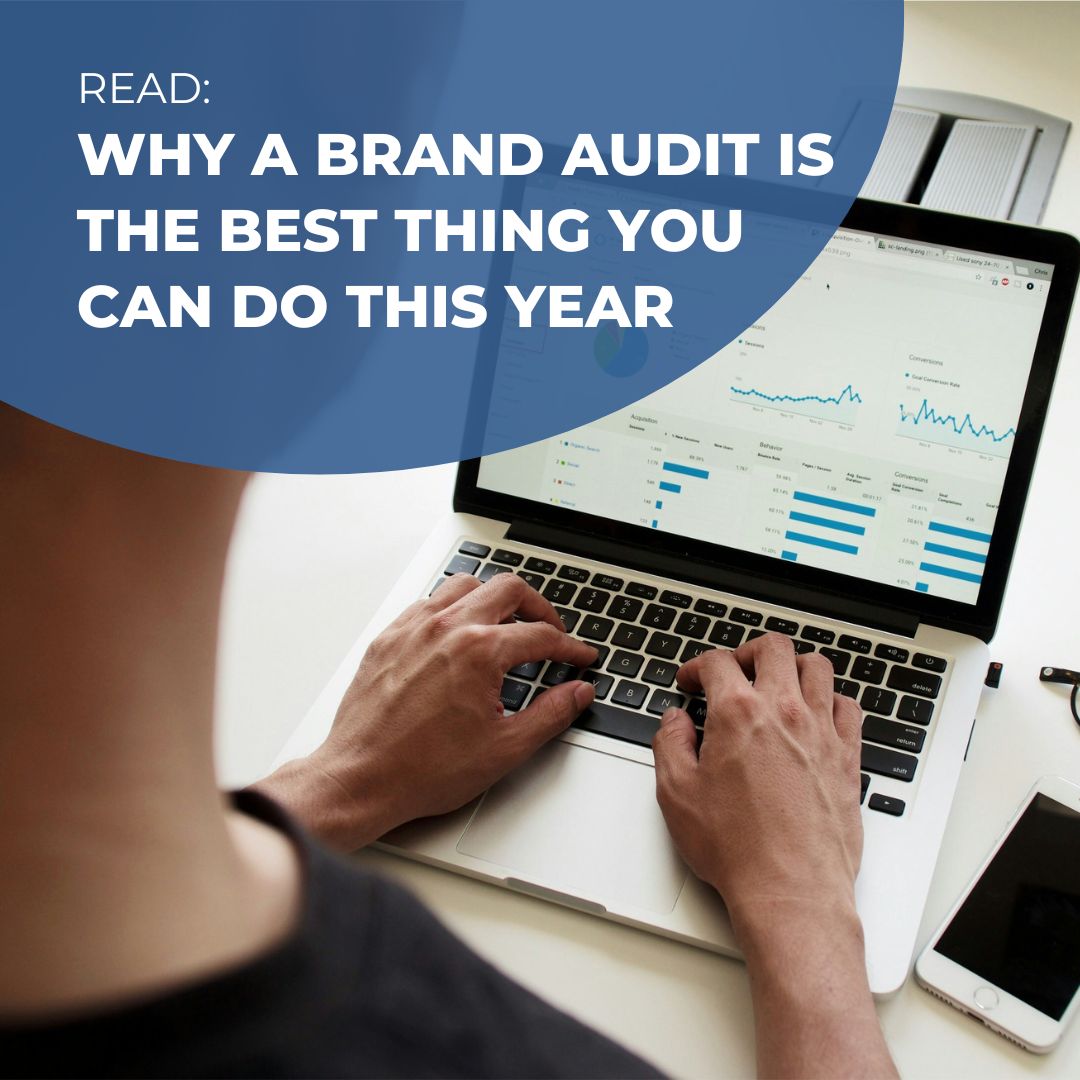COVID-19’s impact on the world of work is without question. Layoffs and furloughs. Unemployment rates and benefits that have run out. Remote and frontline workers. Social distancing and Zoom meetings. Masks and anti-maskers. We’ve witnessed social unrest and a political election that added layers of complexity to an already chaotic and uncertain year.
This year has been a challenge we all have experienced, but in our own individual ways. In some ways, we rose to the challenge faster, more efficiently, and with more empathy and generosity than ever before. In other ways, we’re still struggling to pay bills, put food on the table, and make sense of it all.
Early in the pandemic, billionaire entrepreneur Mark Cuban said, “How companies respond [to this crisis] is going to define their brand for decades. Not only is it smart to take care of your employees, but it’s also good business." He was right. We watched how companies like Amazon reported nearly 20,000 employee coronavirus cases and listened as Walmart employees asked for a seat at the table. We heard CEOs make public statements about inclusion in response to racial injustice and see brands, like PepsicCo Mtn Dew, put their money where their mouth is.
Through it all, there have been lessons learned, silver linings, and even Some Good News. Responding to the global health, employment, and social issues of 2020 isn’t over. And former employees, current employees, job seekers, and customers are still watching and listening. A recent study by Gartner reinforces this, “Seventy-four percent of employees expect their employer to become more actively involved in the cultural debates of the day,” and this is listed as the top trend that will shape HR in 2021.
With vaccine approvals, 2021, and a new budget year bringing promises of renewed hope and purpose, the big question employer brand leaders need to ask themselves is: How will our organization show up in the labor market?
For the past decade or so, employer brand professionals have donned the label “storyteller.” They find the stories inside their respective organizations (that strategically align to the organization’s mission, culture, and larger story arc) and tell them. They tell them via corporate career sites, Facebook, Instagram Stories, videos, and even TikTok to share an inside look at the employment experience.
Can the story stay the same when the world has changed so drastically?
Companies that once touted “workplace flexibility” as a key differentiator now question their ability to do so in the future, as work from home is normalized. Candidates are more likely to be conscious job seekers and ask about a company’s commitment to diversity, equity, and inclusion (DEI). And frontline workers will lead their job interviews with questions about health, safety, and security.
It’s time to start asking yourself and your team:
How have the events of 2020 changed our employment story?
- How has the employment experience changed for our employees? What’s different? What has stayed the same?
- What do our employees continue to value most? Least?
- What are our employees’ expectations and how are we doing in terms of meeting those expectations?
- How have our employees’ expectations of our company changed?
- If we furloughed or laid employees off, if given the opportunity, would they come back? Why or why not?
- What are the general perceptions of our company and what it’s like to work here?
- Do we know what our top talent competitors are saying and doing?
- How does all of this information change our employment experience narrative?
- What are the new or revised messages we need in order to communicate with our employees?
- How do we tell our story authentically in markets where we plan to hire?
For many organizations and people, COVID-19 changed us. It made us refocus our priorities on what and whom we value. It made us realize what we appreciate about work. It shined a light on what we don’t miss about going into an office. It leveled the playing field for many organizations that are now more willing to hire remote employees. It changed how we communicate with colleagues, how we interact with candidates, and how we need to brand our employment experience.
The impact of COVID-19 is without question. But, if your organization is relying on pre-COVID messaging to retain current employees and/or attract future candidates, now is the time to ask the hard questions to reframe your story.

.jpg)

